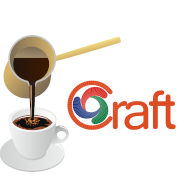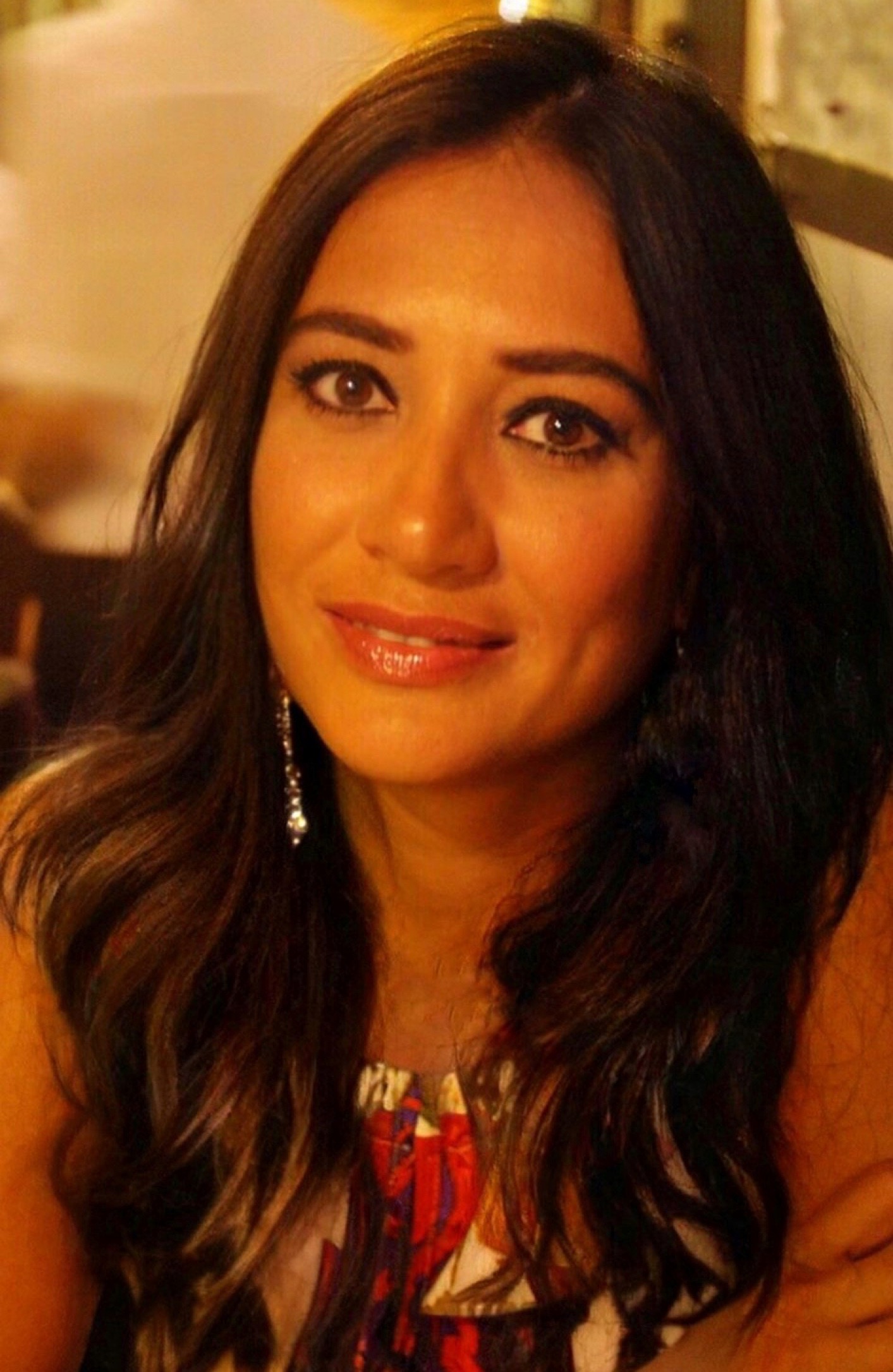Lorenza Colicigno in conversation with Rita Moretti, director of the I.C. STATALE “G. MICALI” in LIVORNO, which is running the “Tuscan Schools in the Eduverse” project in Craft World.
(on the cover photo: Rita Moretti)
Prof. Rita Moretti, Director of the I.C. STATALE “G. MICALI” of LIVORNO, is carrying out the “Tuscan Schools in the Eduverso” project, an important experiment in teaching in a virtual immersive environment in three dimensions, in the Craft World OpenSim, where parts of the Tuscan territory have been reconstructed, such as the Island of Elba (Porto Ferraio and Porto Azzurro), the Island of Capraia, Livorno, Cecina, Viareggio, Poggio a Caiano and Scandicci.

Today Rita Moretti is a guest on Kafeneio, blog of Craft World, grid of which Licu Rau aka Raffaele Macis is the owner, and we have the opportunity to ask her how this creative design proposal came about, with what purpose and how to test it.
The idea was born when I was thinking about the “Nolli” plexus of our Comprehensive Institute, located on the island of Capraia, about 42 miles from Livorno.
I wanted to find a way to involve Capraia students in daily activities with students from the Livorno Plexus and felt the need for an interactive, motivating and inspiring exchange platform.
The institute carries out a “twinning” that we have entitled “far away but close”, which involves, on a frequent basis, the presence of pupils from Capraia in the twinned class in Livorno and, twice a year, the presence of some classes from Livorno in Capraia together with our institute’s orchestra of around fifty elements.
Thinking of my pupils so far away, I jotted down a project idea that was already clear in my mind that would have offered the opportunity to meet my companions from the mainland in another way. I immediately imagined the environment and realisation in the virtual world where we could share familiar spaces and carry out activities and games together.
This project was so interesting that I almost immediately thought of extending it to schools in Tuscany, also for a vertical type of project between different first and second cycle institutes.
To this end, I set up a network, which included the following schools: I.C . C. Pertini di Portoferraio-Isola d’Elba, I.T.C.G. Cerboni di Portoferraio-Isola d’Elba, I.S.I. Galileo Artiglio di Viareggio, I.C.Vasco Pratolini-Scandicci-Firenze.
The aim is to create an innovative and creative learning system, for the adoption of digital skills curricula with particular reference to the creation of shared spaces and teaching activities to be designed in the Eduverso or in the classroom, subsequently importing the materials into the virtual world.
The objective is to generate, through a network of schools, a shared environment for the realisation of digital didactic paths delivered with innovative methods and tools aimed at the knowledge of a Virtual Reality Metaverse.
I would like to emphasise that we have intentionally called it Eduverso and not Metaverso, because of the didactic and educational purposes it sets itself.
The project wants to create an advanced and current mode of sharing based on design, participation and connection.
Schools in this way can make use of a dedicated platform, design takes place both in the virtual world and outside it, same for content.
Digital content can be produced by developing logical, computational, technological, operational, organisational, semantic and interpretative skills.
A Network of schools allows us to develop a shared and participatory design system in the virtual world.
The dimension of the Eduverso is dynamic, creative and not static, so it becomes highly stimulating for students.
It lends itself, therefore, to interactions that go beyond the traditional classroom and didactic situation into a world of more participant-led and motivating experiences.
Students can engage in a variety of activities: lectures in the virtual classroom; meetings between classes moving between the islands and on the mainland; virtual trips between different schools even with twinned classes; sailing cruises; school orchestra concerts; theatrical performances; construction of new virtual spaces to inhabit and act in; construction of objects that can be used by the students; scripts for moving objects.
The virtual space was partially constructed with landscapes characteristic of the territories of the schools belonging to the Network so that the students can orient themselves in territories they identify and know.
At the same time, students can modify the space by constructing new worlds adapted to their teaching needs.
Furthermore, virtual experiences such as driving various types of vehicles and engaging in activities that would be dangerous in real life can be created and lived.
Activities can take place through different methodologies: interactive lesson, class-workshop, cooperative learning, peer tutoring (between pupils of different school orders).
Finally, I have also thought of schools accredited with Erasmus, in fact this virtual world can also welcome schools from other countries and solicit multicultural and multilingual exchange between different Institutes, as well as the possibility of introducing famous Italian locations in an interactive way.
For this reason, the platform can also be used for twinning, eTwinning, TwinSpace projects, supporting distance collaboration among teachers and with direct involvement of students through the Eduverso channel.
Those participating in the community will be able to rely on the Eduverso as a space of tools designed to facilitate collaboration and exchange of ideas.
It will be possible to organize concluding events of projects in real, where they can show their creations within the Eduverso but, at the same time, also events organized in the virtual world.
Schools can find solutions to overcoming physical distances between them and organizational difficulties, as with the Capraia school.
The territories where the schools are located have been constructed by broadly reproducing the context in which they are located. The main places of landscape and man-made interest have been represented. The physical schools thus find extension in the Eduverse.
What difficulties has this initiative encountered in its planning and is it now encountering in its operational progress? What is the attitude of the families?
Certainly, the first difficulty was to find funding and someone who could actually implement the project. Then there was the problem of finding 3D builders who would create the most interesting places within the platform and the realization of the landscape of the territories.
Another difficulty was to give a timeframe that respected the project timeline and initial reporting, but this happens with all projects with funding.
The families were presented with the initial design phase, now they will see the finished implementation. Actually, there will be no real end, because I want students to use the platform to continue individual school projects, so it will never be a finished product, but an ongoing project.
How interested were the teachers in both the training phase and in designing immersive teaching activities for their classes as part of the overall curricular planning?
We had a lot of enrolments in the first-level training course, in the initial phase of getting to know the platform, and, a good turnout, in the second-level training that saw teachers engaged in understanding how to implement teaching activities using the 3D environment.
I intend to publicise the project to involve as many teachers as possible. It is certainly an engaging medium that motivates not only the students but also the teachers. Last week, we presented the project at Didacta Firenze, a very important event for schools because it is a time to meet and discuss the world of education today and tomorrow, a meeting point for all its players (schools, companies, associations, teachers, school managers and school operators), exhibition areas dedicated to companies and the latest innovations in the school sector, and rooms dedicated to training. On this occasion, other Italian schools, whose teachers were present at the fair, asked us to join the Network.
Certainly this project is not intended to replace classroom teaching, but to become an important creative and motivating support for everyone.
The use of the metaverse in education is a recent field of exploration, the eduverse, it offers the possibility of obtaining new ‘spaces’ of social communication, greater freedom to create and share, offering new immersive learning experiences through virtualisation, creating an educational and scholastic continuum between the physical space and the virtual space for learning in an onlife environment.
The vital, relational, social and communicative dimension, in short, seen as the result of a continuous interaction between material and analogue reality and virtual and interactive reality.
Do you believe that this is the future of schools, particularly in reducing the generation gap that marks today’s role and personal relationships between teachers and learners?
I think that digital has now become a part of our daily lives and that we cannot fail to take it into account when we talk about teaching, see all the PNRR projects of the Ministry that have reached schools where the importance of developing digital technologies and new learning environments, both physical and virtual, is emphasised.
It is in the latter that the Eduverso must be placed, it must be considered an alternative or supportive learning environment to the real one.
Teachers in recent years have realised the importance of the digital within teaching and are involved in it through transversal planning that sees them engaged in the creation of a digital curriculum that accompanies the various disciplinary activities.
Approaching new technologies and new ways of thinking about didactics or planning is certainly an enrichment for teachers who are getting closer and closer to the world of the new generations, in fact we speak of the Alpha generation for those born from 2010 onwards.
Thanks to Head Teacher Rita Moretti for her valuable contribution. The Craft World educational community, committed to creating 3D educational environments and disseminating the initiatives of those who are moving towards the virtual as a place of learning, integrated with the real, follows the developments of the “Tuscan Schools in the Eduverso” project, convinced that it can be a point of reference for other schools from the point of view of an active, creative and inclusive didactics, capable of stimulating and realising a new and effective learning environment that welds real and virtual, consolidating the role relationship between teachers and learners and positively affecting the formation of a unitary identity between avatar and person.
To conclude, documentation on the training and environments implemented in Craft World for the ‘Tuscan Schools in the Eduverso’ project.

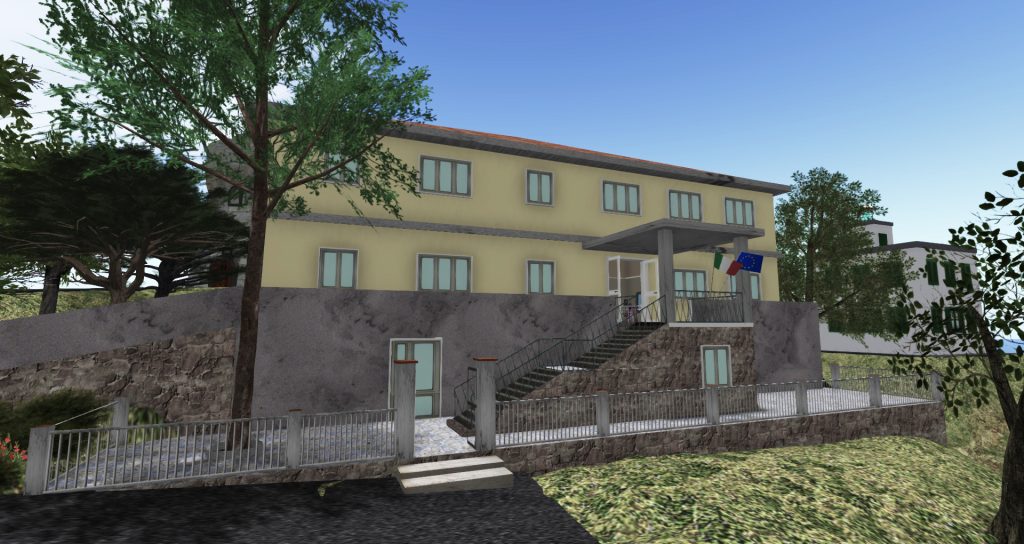
Capraia, the harbor and the “C. Nolli” plexus, Builder Tonino Lane (Antonio Raffaele Stefano Laraia)
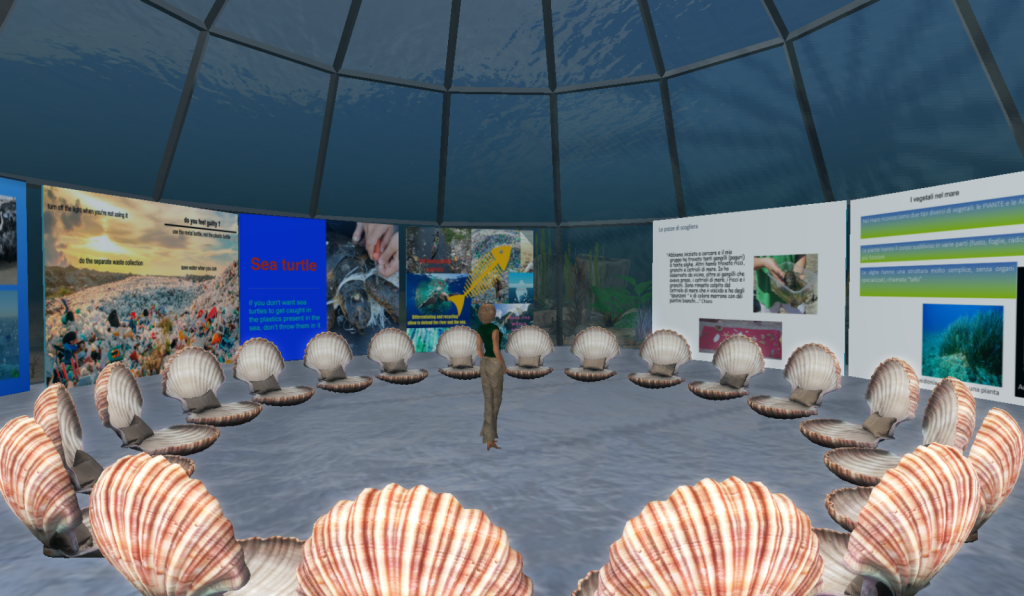
Capraia, Natural Park of the Tuscan Archipelago, Builders Tonino Lane, Eva Kraai, Edo Net
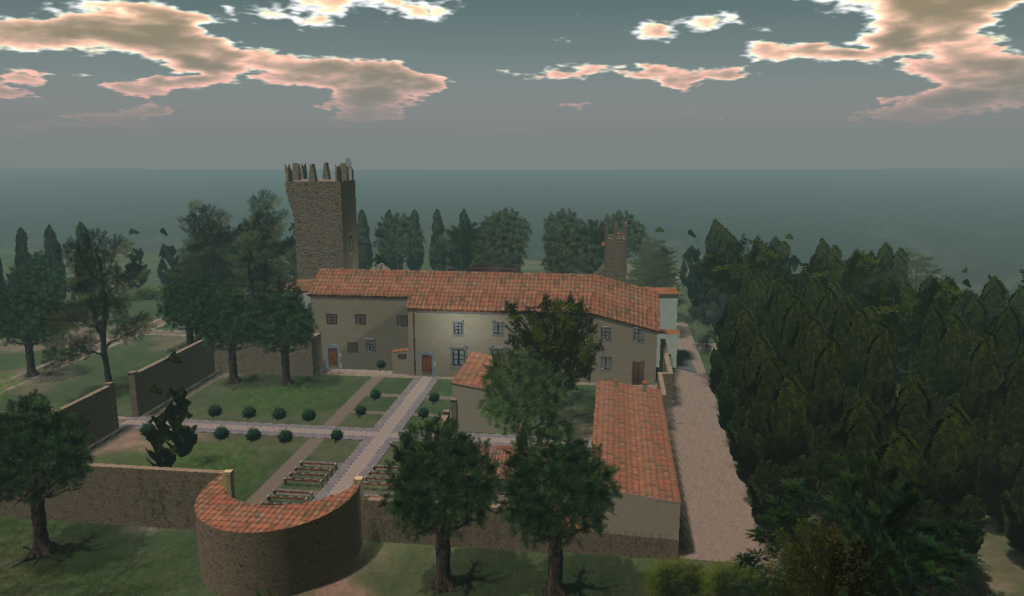
Scandicci, Castello Acciaiuolo, Builders Eva Kraai, Edo Net, Fiona Saiman
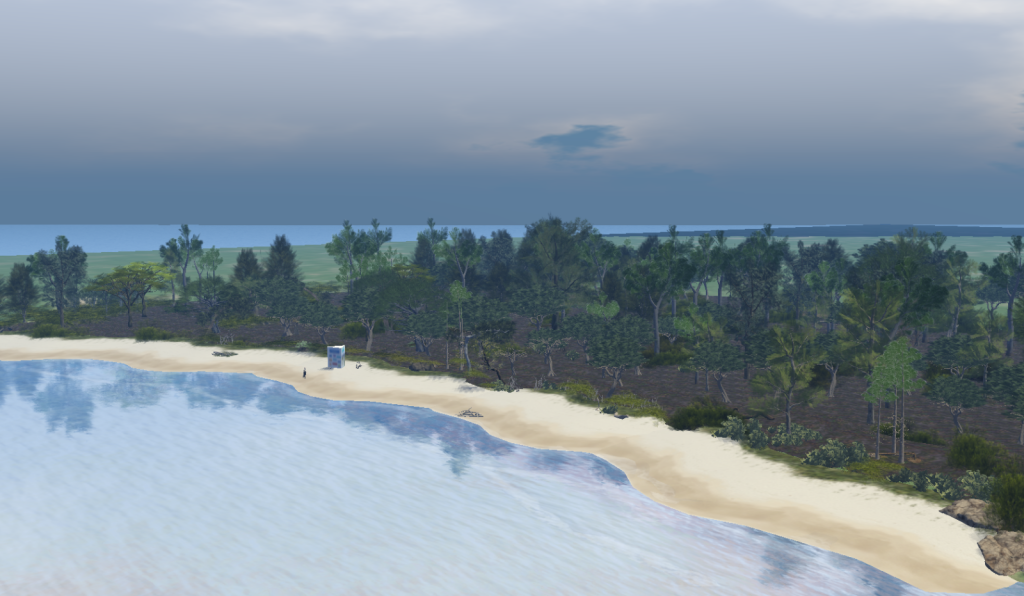
Cecina, La Pineta, Constructor Fiona Saiman (Lucia Baldini)

Livorno, Terrazza Mascagni, Builder Monica Martini (Monica Schiavon)
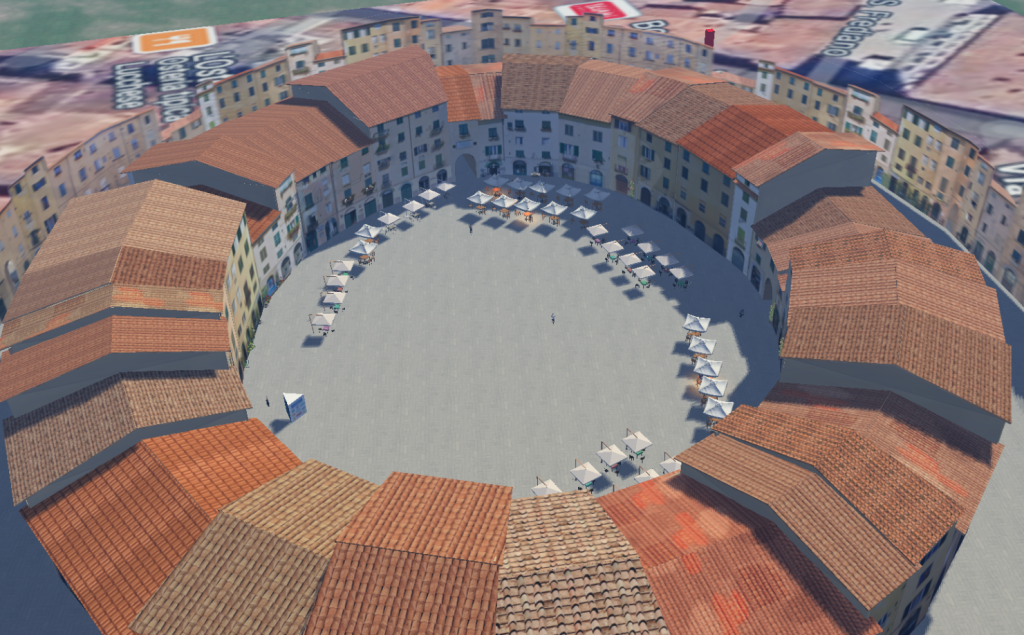
Lucca, Piazza Anfiteatro, Builder Tonino Lane (Antonio Raffaele Stefano Laraia)
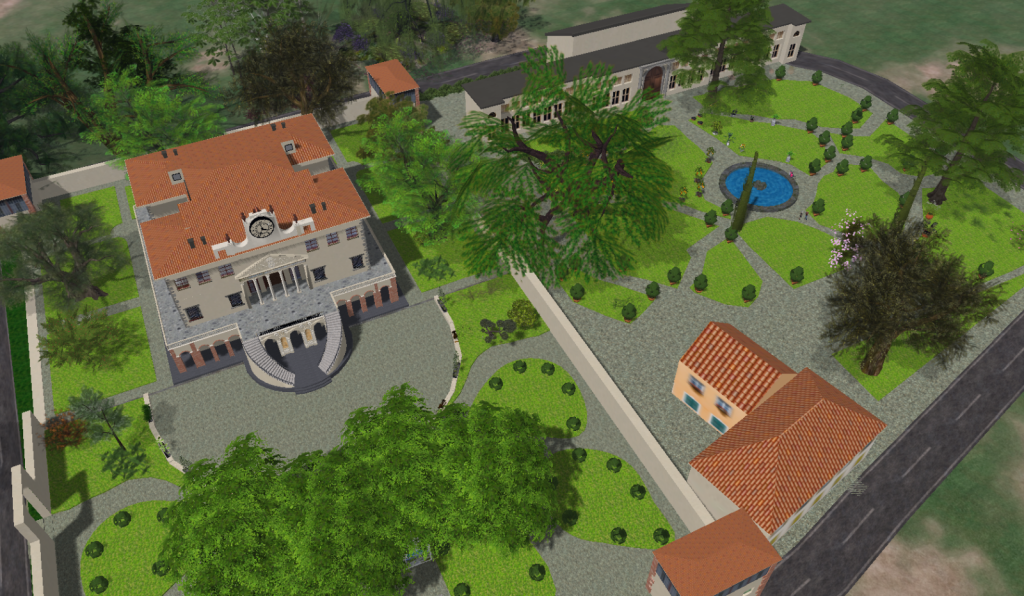
Poggio a Caiano, Villa Medicea, Builder Tosha Tyran (Heidemarie Dettinger)
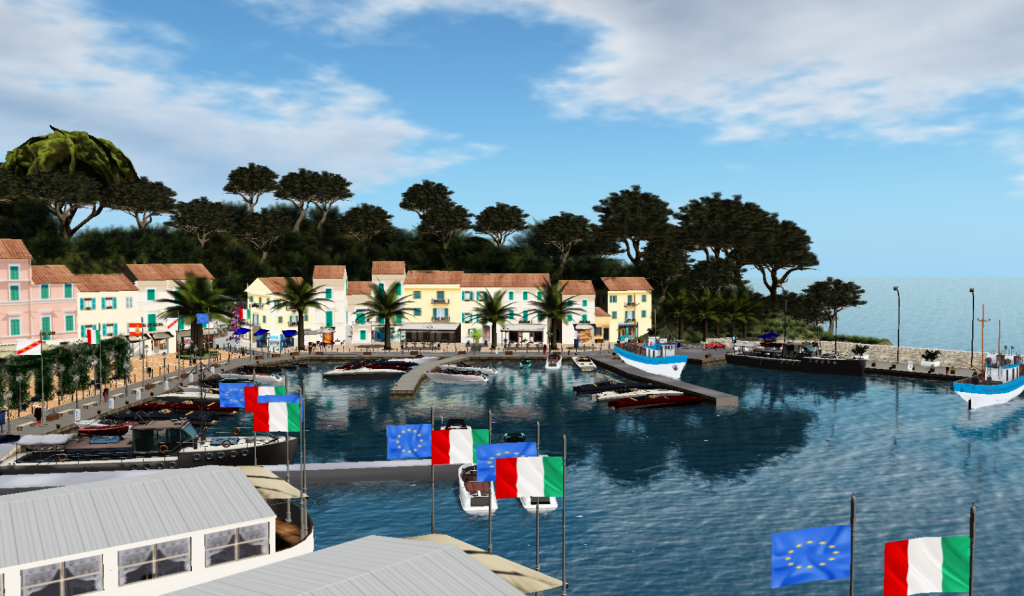
Porto Azzurro, Builder Angel Bright (Rebecca Rovazzani)
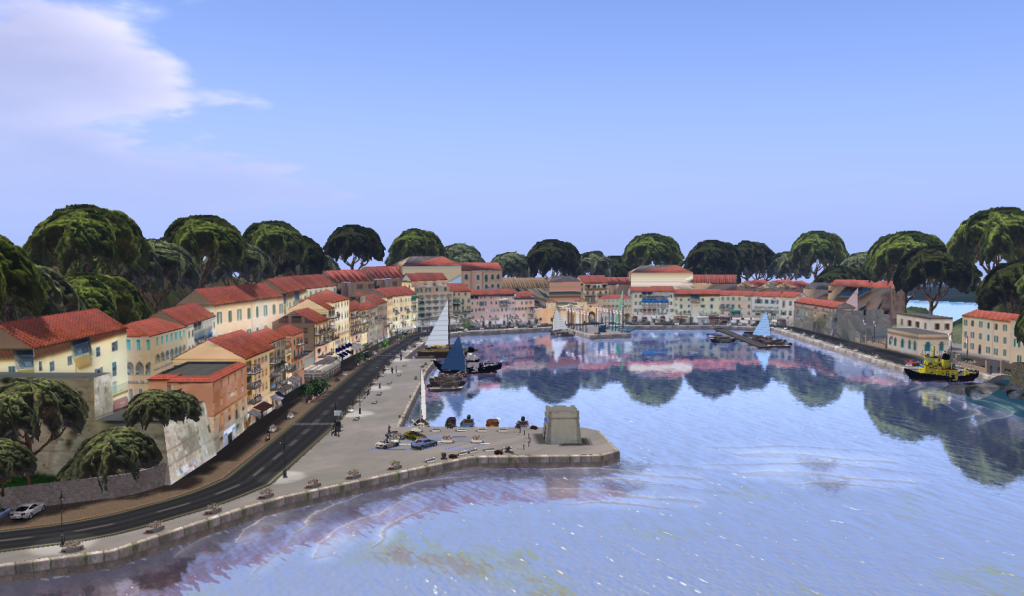
Porto Ferraio, Builder Gianni Spada (Giovanni Antonio Spadavecchia)
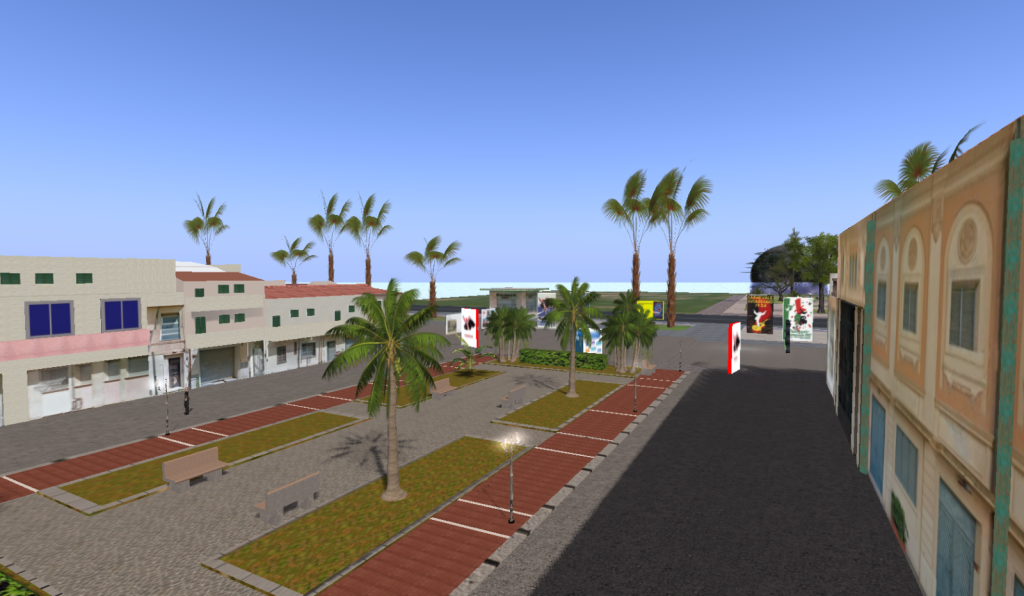
Viareggio, Industrial Zone, Builder Corsaronero Nightfire (Stefano Zancan)
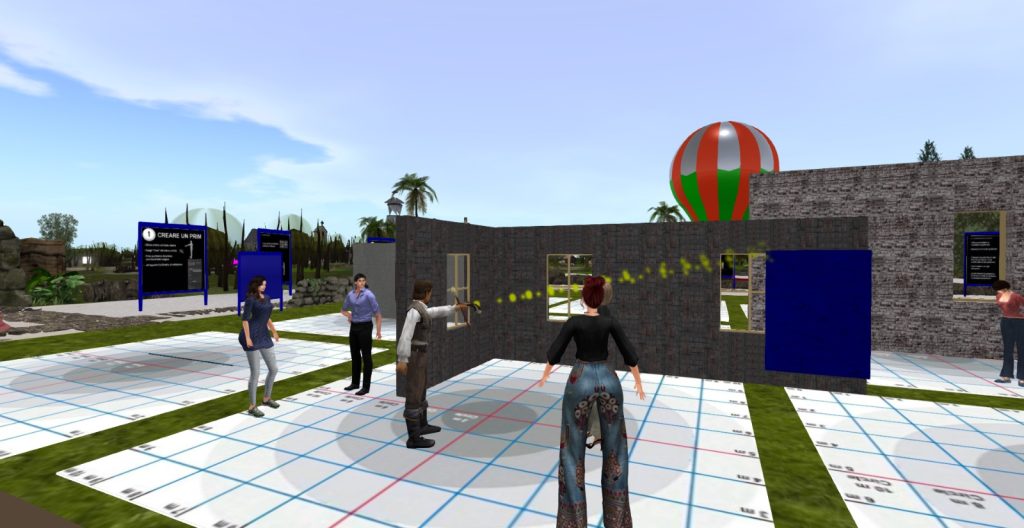
In the Sophia sim, teacher training with Gianni Panconesi and construction rehearsals with Fiona Saiman
